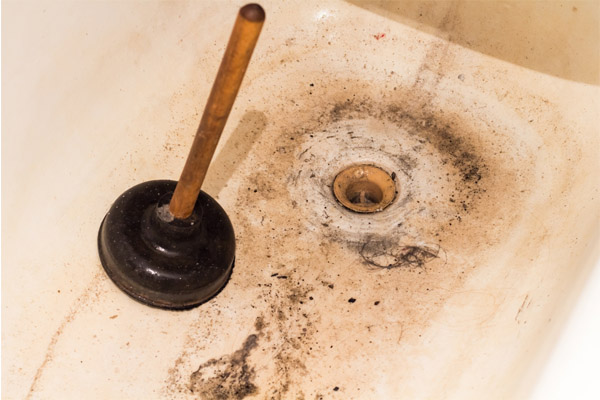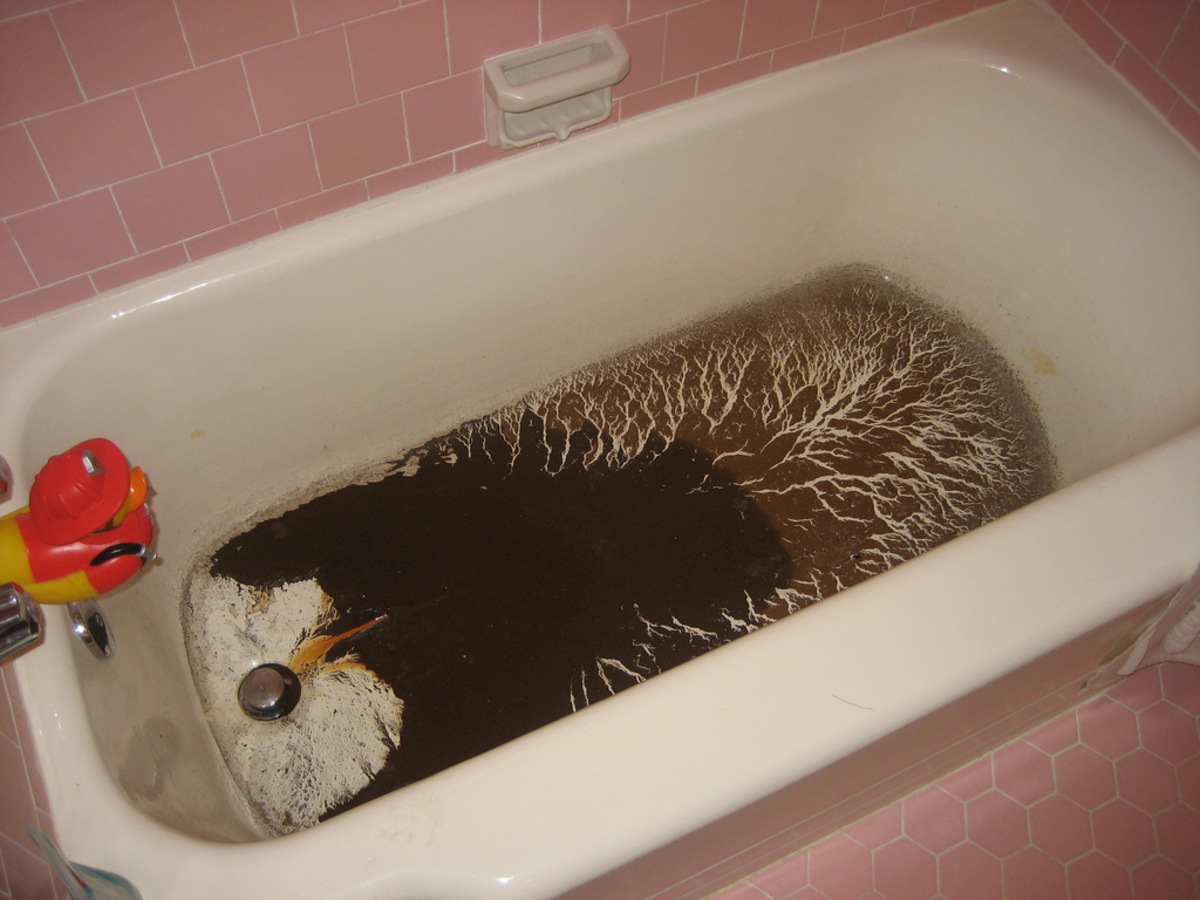Understanding the Phenomenon of Effluent Rising Through the Bathtub
Understanding the Phenomenon of Effluent Rising Through the Bathtub
Blog Article
How do you really feel when it comes to Why sewage is coming up through your bathtub?

Sewage back-up in the bath tub can be a stressful and unhygienic trouble for any kind of homeowner. Not only is it inconvenient, yet it likewise postures significant health and wellness dangers and shows underlying issues with the plumbing system. Understanding why sewage is showing up via the bath tub is important for taking ideal activity to deal with the issue properly.
Intro to the Problem
Typical Factors for Sewer Backup
Clogs in the Drain Line
One of the most common reasons for sewage back-up is a blockage in the sewage system line. This can occur because of the accumulation of debris, oil, or foreign items in the pipes, preventing proper circulation and triggering sewage to support into your bathtub.
Tree Origin Breach
Tree origins looking for wetness and nutrients can penetrate drain lines with tiny fractures or joints. Gradually, these roots can expand and expand, triggering significant damages to the pipes and leading to sewer back-up issues.
Understanding the Trouble
When sewer draws back up into the bath tub, it's a clear indication of a trouble with the drain system. The wastewater that needs to be moving away from your home is rather locating its way back into your space, which can cause substantial damages and carcinogen.
Potential Reasons
Numerous elements can add to sewer backup in the tub. From clogs in the drain line to concerns with the plumbing infrastructure, identifying the root cause is crucial for discovering a service.
Aging Framework
Older homes might have outdated plumbing systems that are extra vulnerable to corrosion, fractures, and degeneration. As pipelines age, they come to be much more susceptible to leaks and blockages, enhancing the possibility of sewage backup events.
Heavy Rainfall or Flooding
During durations of heavy rainfall or flooding, the drain system might come to be overwhelmed with excess water, triggering back-ups and overflows. This can cause sewage backing up into bath tubs and various other fixtures inside the home.
Indications of Sewage Back-up
Foul Odors
Unpleasant smells emanating from drains or fixtures, specifically in the restroom, may suggest sewer back-up concerns. These odors are often strong and relentless, signifying a problem that needs instant focus.
Slow Draining Fixtures
Bathtubs, sinks, and commodes that drain pipes slowly or not in any way could be experiencing sewer backup. If several components are impacted all at once, it's likely that the problem stems from a common factor, such as the main sewer line.
Gurgling Sounds
Odd gurgling or bubbling sounds originating from drains when water is running in other places in the house are indicative of air caught in the plumbing system. This air build-up can result from sewage backup and need to be checked out without delay.
Health Risks Associated with Sewer Back-up
Contamination of Water Supply
Sewage back-up can contaminate the water in your home, posing a serious wellness danger to you and your household. Exposure to polluted water can lead to intestinal issues, skin infections, and other health problems.
Mold Development
Dampness from sewage backup can produce optimal conditions for mold and mildew growth in your home. Mold and mildew spores can exacerbate breathing troubles and trigger allergic reactions in delicate people, making timely clean-up necessary.
Spread of Illness
Sewage has hazardous bacteria, viruses, and parasites that can create a variety of diseases, including liver disease, cholera, and gastroenteritis. Entering into contact with sewer or infected surface areas places you in jeopardy of infection.
Cleaning Up After Sewage Back-up
Sanitation Procedures
Thoroughly disinfect and sterilize affected areas after sewer backup to eliminate unsafe bacteria and prevent mold growth. Usage proper cleansing products and safety equipment to guarantee secure and effective cleanup.
Repair of Influenced Areas
Repair any damage to floor covering, walls, or fixtures brought on by sewer backup. Depending upon the degree of the damages, you may require to replace carpeting, drywall, or other materials to recover your home to its pre-loss problem.
Immediate Actions to Take
Shutting Off Water Supply
In the event of sewage back-up, it's essential to shut off the water to prevent additional contamination and damages. Find the primary water shutoff valve in your home and shut it off until the concern can be dealt with.
Contacting a Specialist Plumber
Handling sewer back-up is not a DIY job. Call a licensed plumber with experience in managing sewage-related problems to assess the situation and execute required repairs or cleanings.
Preventing Contact with Polluted Water
Up until the sewer back-up is solved, avoid contact with contaminated water to avoid the spread of germs and pathogens. Put on safety gear if you have to remain in the afflicted location and clean your hands extensively afterward.
Safety nets
Regular Upkeep of Drain Lines
Schedule normal assessments and maintenance of your sewer lines to determine and resolve prospective problems before they rise into major issues. This can consist of cleaning out debris, inspecting for tree origin invasion, and fixing any type of damaged pipes.
Installing Backwater Shutoffs
Think about mounting bayou shutoffs in your plumbing system to prevent sewage from receding right into your home during periods of heavy rainfall or flooding. These valves immediately close when water draws back up, shielding your residential or commercial property from contamination.
Correct Disposal of House Waste
Prevent flushing anything other than bathroom tissue and human waste down the toilet to prevent clogs and clogs in the drain line. Dispose of grease, oil, and various other household chemicals appropriately to decrease the danger of plumbing problems.
Why Is Water Backing Up in My Bathtub When I Flush My Toilet?
What to do about a sewer line clog
First, don’t bother with plunging. No amount of plunging will dislodge the clog in a sewer line. The clog is too far away. Plungers are for clogs in the toilet itself, not the sewer line. Plus, the most likely causes of a sewer clog are:
Tree roots Flushed toys or feminine products Grease buildup Those items don’t move easily. And in the case of tree roots, the roots need to be cut out of the pipe and the pipe will need to be repaired.
You’ll need a closet auger. A closet auger is a type of plumber’s snake with a protective cover to keep from scratching the delicate porcelain toilet. If the clog is further down, you may need to remove the toilet or use one of your cleanouts to get to the clog.
We also recommend doing a video inspection of the drain to ensure that the cause of the clog has been completely removed. Otherwise, you could have the same problem again in a few days or weeks.
https://mspplumbingheatingair.com/blog/why-is-water-backing-up-in-my-bathtub-when-i-flush-my-toilet

I have been very enthusiastic about Why sewage is coming up through your bathtub and I hope you enjoyed our post. Liked our entry? Please quickly share it. Help somebody else find it. We enjoy your readership.
Call Today
Report this page